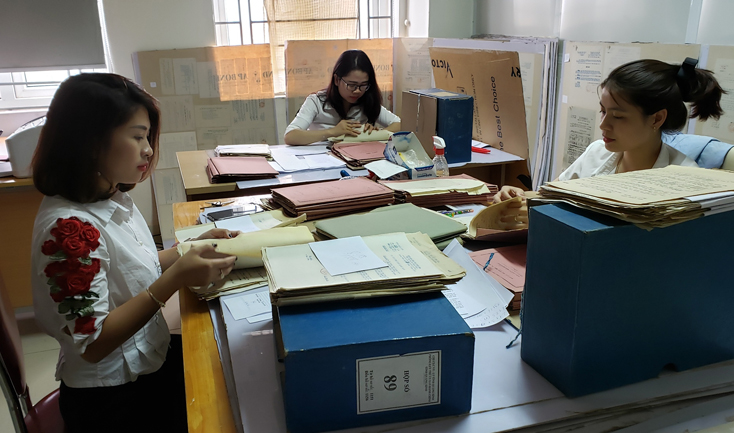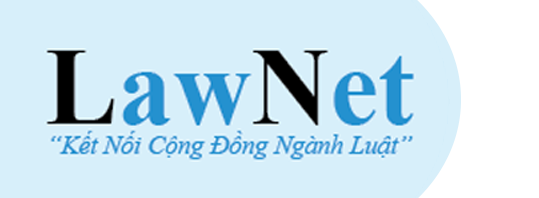How is the Restoration of Printed Documents and Handwritten Documents on Paper Carried Out?
Recently, the Ministry of Culture, Sports and Tourism issued Circular 02/2020/TT-BVHTTDL regulating the preservation, weeding of information resources, and information resources with restricted use in libraries.
Restoration of printed documents and handwritten documents on paper is carried out when the documents are severely damaged and cannot be restored through basic processing methods as prescribed in Article 10 of Circular 02/2020/TT-BVHTTDL.

Restoration of printed documents, handwritten documents on paper (Illustration)
Restoration of printed documents and handwritten documents on paper is carried out as follows:
- Repairing, patching paper, reinforcing when the paper is weak, damaged;- Reinforcing backing, air drying, reducing humidity, vacuum cooling, heat drying in a vacuum for damp, wet documents;- Handling rusty staples to minimize damage, reduce durability, and prevent discoloration of documents;- Handling mold on paper, isolating moldy documents by placing them in bags, identifying the origin of moisture, maintaining a suitable environment, placing desiccants and increasing air circulation to destroy mold growth;- Treating insect-infested documents with chemical or non-chemical methods such as cooling, altering air composition, or other methods.
Additionally, Circular 02 stipulates the following basic requirements for preservation and restoration:
- Ensuring hygiene and occupational safety during the preservation and restoration; when moving documents, both hands must be used; no jewelry should be worn or carried while working.- During the document restoration process, pencils must be used, not pens; no pens should be held in hand or tucked behind the ear when observing documents.- Transporting documents by specialized vehicles, keeping documents flat; the area for storing documents must be neat, sturdy, and clean.- Regularly cleaning machinery and work tools; using suitable materials in preservation and restoration.- Not using materials containing harmful substances that affect health and environment during the preservation and restoration process.- Not storing food or edibles in the document warehouse.
Details can be found at: Circular 02/2020/TT-BVHTTDL effective from July 9, 2020.
Thu Ba
- Procedure for using identification accounts to conduct electronic border procedures in Vietnam from April 1, 2025
- Principles for establishing the framework for electricity generation pricing in Vietnam from February 1, 2025
- Provisions on commendation and handling of violations on protection and struggle against corruption, wastefulness, and negative behaviors in Vietnam
- Plan on the organization and arrangement of specialized departments under the district-level People's Committee in Hanoi
- Procedures for approving the policy on buying and selling electricity with foreign countries in Vietnam according to Circular 03/2025
- Procedure for initial registration of vessels not yet operated on inland waterways in Vietnam from March 1, 2025
-

- Notable new policies of Vietnam effective from ...
- 17:00, 20/02/2025
-
.Medium.png)
- Notable documents of Vietnam in the previous week ...
- 17:10, 19/02/2025
-

- Procedure for using identification accounts to ...
- 16:00, 18/02/2025
-

- Method for determining the annual electricity ...
- 15:52, 18/02/2025
-

- Structure of the avoided cost tariff for small ...
- 15:47, 18/02/2025
 Article table of contents
Article table of contents
